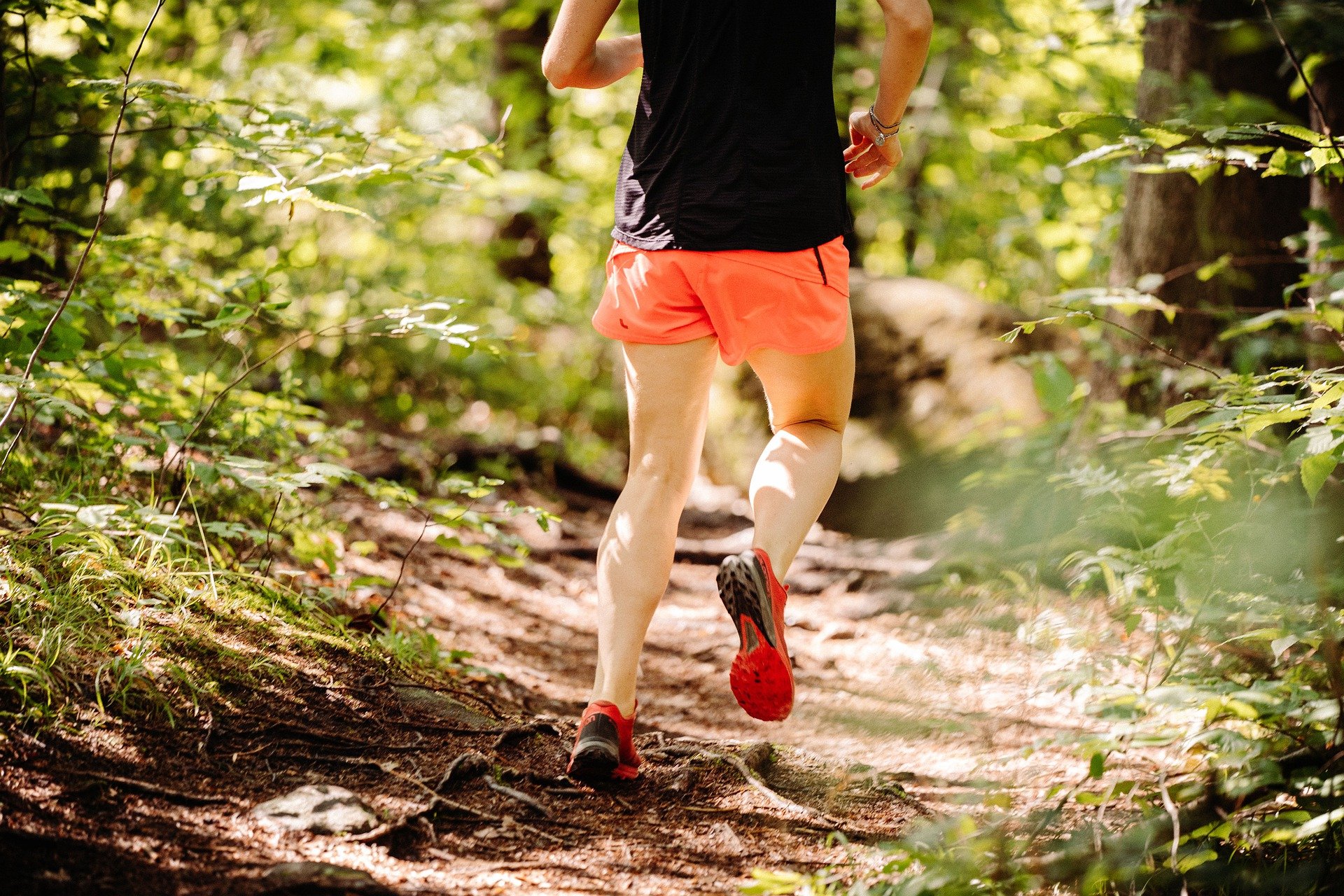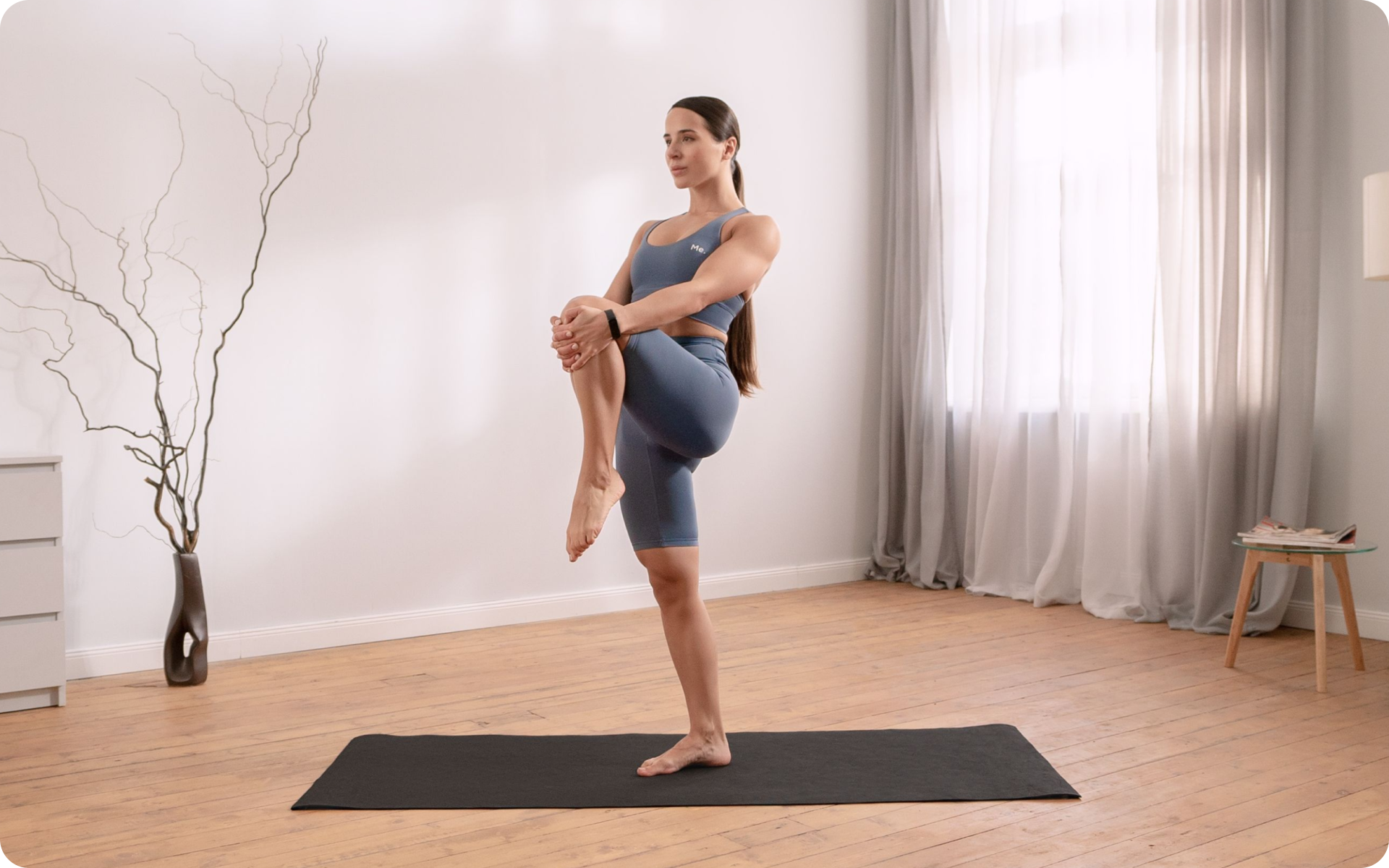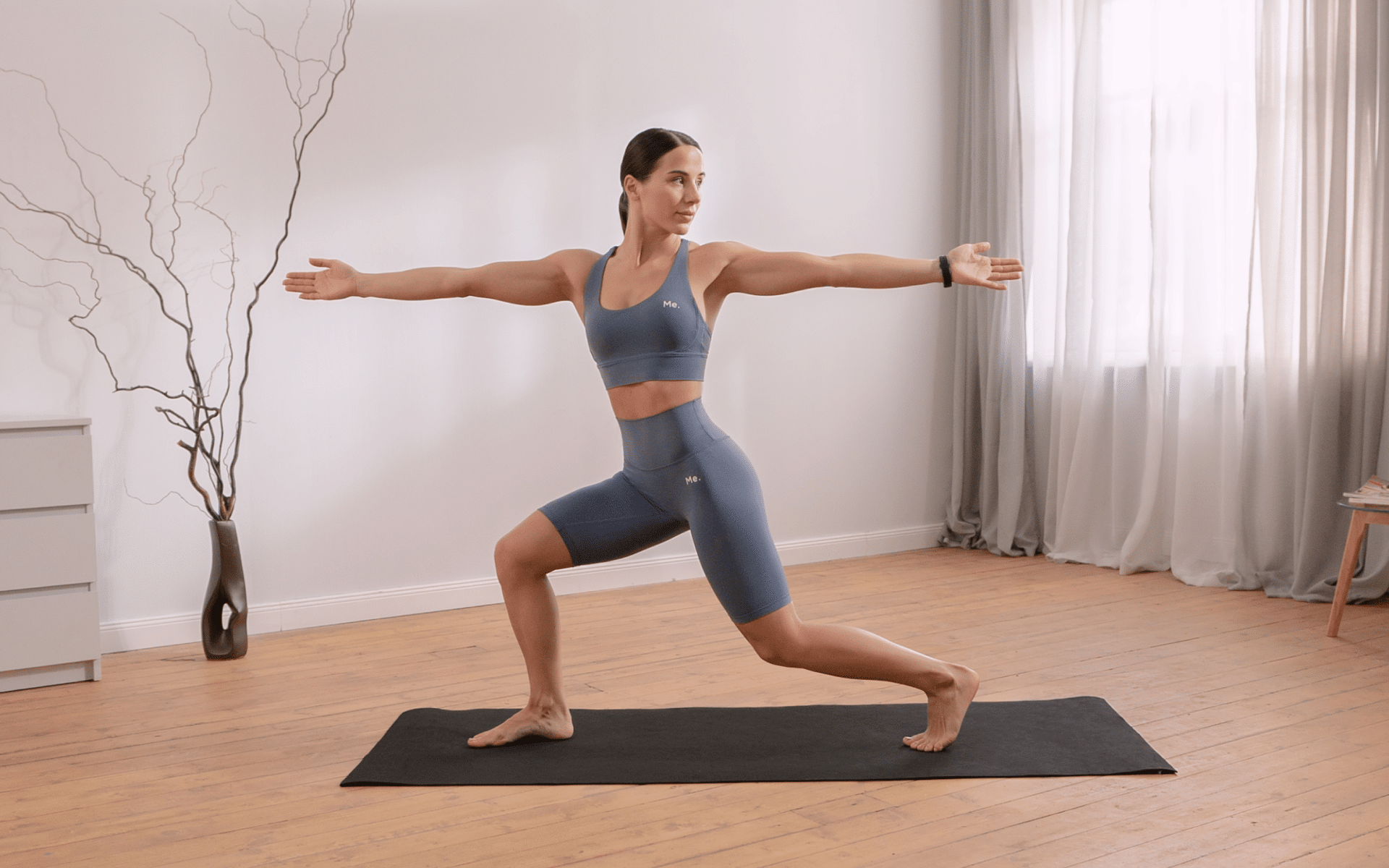Forget the treadmill and head outdoors. Trail running is an adrenaline-boosting adventure that forces you to use all your muscles in a way that’s often neglected when pounding the pavement. The terrain is different, the scenery changes, and it’s much more social than jogging on a track or road. Plus, you’ll get out of breath much faster when navigating hills and obstacles like rocks, roots, ruts, and streams. But trail running can be tough if you don’t know what to expect (and how to prepare). Here are nine tips on trail running for beginners.
Tip 1 – Finding A Good Trail
As a beginner, it’s best to find a trail that’s well marked and relatively flat or gently sloping. You can always choose steeper trails later on, but you should be able to run at an easy pace without fully exerting yourself if you’re just starting.
Here are a few questions you should ask yourself while choosing a trial:
- What’s the surface like?
- What type of terrain is there?
- Will you encounter rocks and roots? Hills or stairs?
- Can you see the trail well and envision oncoming obstacles?
- Is there another way to get back if something goes wrong (for example, crossing a bridge over a river)?
If you’re struggling to choose a good trail, many local resources can help. Check with the nearest running store, park district, or mountain biking association for recommendations.
Choosing the right trail is key to getting the most benefits. Trail running is more difficult than road running because there are so many obstacles, such as roots, rocks, stairs, and uneven surfaces (1). However, the benefits far outweigh the challenge, such as:
Greater Physical Activity
When navigating through rough terrain your body automatically contracts more muscles in an attempt to maintain balance. This is a great way to increase endurance and burn calories at a faster rate.
Read More: Tips On Running A Mile: How To Run Fast Without Feeling Winded Or Stopping?
Improved Sense Of Balance
Every time you move or adjust your footing on a rock or root you’re improving proprioception (the ability to know where each body part is in space). This can help prevent injuries and improve coordination.
Greater Mental Exercise
In addition to physical activity, you get a great workout for your mind as you anticipate upcoming obstacles and try to find the safest route to take.
Enjoyable Scenery
Running on a flat road every day would be boring, but you never know what’s around the next corner when trail running. You’ll see different scenery and wildlife as you power your way through hills and streams.
Tip 2 – Running Shoes Don’t Cut It
Trail running requires more support than road running because the terrain is rougher and your stride is slightly altered by uneven surfaces (9). You’ll also need a grip, which isn’t an issue for most runners while they’re on pavement because their shoes are hard enough to provide it. But there are several types of tread patterns that help with grip when running off-road: spaced lugs (also referred to as “asymmetrical” or “directional”), Vibram, and aggressive knobby tread.
Spaced lugs and Vibram patterns work well on technical trails because the design allows for increased flexibility between the sole and upper portion of the shoe, which helps with footstrike (5). Knobby treads create more surface contact, helping to improve grip.
Heavier runners and those who put a lot of pressure on their shoes may want to look for a shoe with more support, such as one that has greater durability or an elevated heel. Many trail shoe models will also have extra protection in the toe area, which is essential because you’re bound to stub your toes on rocks and roots at some point!
Your best bet for finding out if a certain shoe works well for off-road running is to ask for recommendations from more experienced trail runners. Even if you don’t know any personally, you can find online forums on which trail runners discuss their favorite models and manufacturers.
Whether you’re looking to simply pep up your fitness routine, jazz up your diet with mouth-watering low-calorie recipes or want to get your act together and significantly drop that number on your scale – BetterMe app has got you covered! Improve your body and revamp your life with us!
Tip 3 – Dress For Success
You should plan to have the clothing you need ready before you head out because, chances are, you won’t want to turn back once you’re on the trail.
Here’s what you should wear (2):
- Lightweight or midweight running tights (loosely woven fabric works best)
- Running shoes that can handle different surfaces (for example, trail running shoes with sticky rubber soles and low treads work best for keeping your footing on wet rocks)
- Breathable long-sleeve shirt (in case it gets chilly)
- Watch (for time tracking and occasional pace checks)
- Sunscreen (to protect your skin on sunny days)
Here’s what you shouldn’t wear:
- Socks that will slip inside your shoe while running (ankle socks tend to do this)
- Any clothing that could get caught on branches or rocks (you don’t want to be pulled back by your shirt while you’re running)
- Heavy boots (unless they’re specifically designed for trail running)
Tip 4 – Focus More On-Time Than Mileage
While most road runners train by aiming to cover as much ground as they can, on trails it’s more beneficial to focus on your time.
On technical terrain, it’s difficult to maintain your pace because the surfaces are less predictable than pavement and typical running shoes have less grip. This means that you’ll have to slow down at certain points while you figure out how it is best to move forward, while also watching for hazards that could cause injury if you hit them at full speed.
Rather than focusing on mileage, make your goal to get through an entire run without losing time by taking longer breaks or stopping completely. You may find it more enjoyable to run shorter distances (three or four miles) with this approach because you won’t expend as much energy on the trail.
It’s better to start small and let your body adjust to trail running before increasing mileage or intensity levels. You should never feel sore the day after a trail run because it could be a sign that you’re overdoing it.
When you first start trail running, aim to go for an hour or less on flat surfaces before doing the same amount on hilly ones. If your first day goes well and you feel like going on another run a few days later, start with half of the distance from your last run and work your way up.
When you get to the point where you can handle more mileage, it’s okay to start increasing pace as well (assuming there aren’t any significant elevation changes). But remember to take caution when doing so because pushing too hard could result in injury.
For a beginner trail runner, “slow and steady” definitely applies. Even if the trails are flat and easy to navigate, you should always approach them with caution.
Trail runners often fall victim to “sprains and strains”. This is what you get when soft tissue like ligaments and tendons around your joints or muscles twist or tear due to an awkward landing or sudden move (7). Adding extra mileage each time will increase your risk of spraining an ankle, so it’s important to maintain a slow pace at first.
Read More: How Many Miles Should I Run A Day? Tips For Developing And Sustaining A Running Habit
Tip 5 – Keep Your Form In Check
Your stride will change when running off-road, but it should still look relatively the same. If you lean too far forward while running downhill or backward when going uphill, you’ll get tired faster and can even injure yourself (3).
Here are some key factors to keep in mind:
- Make sure your weight is evenly distributed between the balls and heels of your feet.
- Keep a slight bend in your elbows and knees at all times.
- Lean forward at a 45-degree angle when going downhill, and maintain the same lean going uphill. This will create a more balanced center of gravity so you’ll have better control over your movements (and you’ll be less likely to trip).
- Lean your head in the same position as when you’re running on flat surfaces (not backward or forward). Your eyes should look around ten feet ahead of where you’re stepping, and your arms should cross your body when they swing (rather than staying straighter like when running on flats).
- Keep your arms in a bent position at all times rather than letting them hang loosely from your sides.
When you’re running downhill, let your feet land a bit further in front of you, and when going uphill, step a bit ahead of your body for better balance. Keep these points in mind when practicing running on off-road surfaces to ensure safety and effective training.
Tip 6 – Incorporate Hills Into Your Routes
Running on a flat surface is always challenging for your body no matter how long you’ve been doing it, but running uphill requires even more effort. Plus, going downhill can sometimes cause more strain on your muscles and joints than going uphill because of the pressure that’s placed on them.
But going uphill and downhill both have their own advantages: hill running forces you to maintain a consistent pace, and downhill gives your body a break from the extra strain. So mix up your routes so that hills aren’t always on one side or another. If there are sharp turns or directional changes in your path, try taking these at a diagonal and not straight on.
Tip 7 – Stay Hydrated And Well Fueled
Like any other physical activity that takes place outdoors, running in higher temperatures depletes more water than usual (especially while you’re breathing fast during exercise).
To make sure this doesn’t happen, always bring along some type of hydration sources like bottled water or electrolyte-enriched sports drinks. Hydration will also help protect your liver, which is particularly vulnerable to damage if you’re working hard. Proper hydration is important for optimal physical and mental performance (6).
You should drink easily digestible beverages at regular intervals so you stay hydrated – usually about every 20 minutes. Try mixing half water and half sports drink for a balance of proper hydration and electrolytes.
What food you eat before, during, and after a run is extremely important. Think of food as fuel and follow these rules:
-
Before Your Trail Run
Eat a healthy meal with a lot of fiber and protein, preferably no less than an hour before your run.
-
During Your Trail Run
Consume small amounts of food throughout your exercise to keep your energy up without putting extra stress on your digestive system. Try sports gels or other easily digestible snacks like fruit, granola bars, or whole-grain bread.
If you struggle to even flirt with the idea of giving up your favorite foods or working out till your legs give way – BetterMe app is here to breathe a fresh perspective into the way you view the weight loss process! Check out the app and experience the fun side of fitness and dieting with BetterMe!
-
After Your Trail Run
Avoid high-fat foods as they can make you feel sluggish and bloated. Go for complex carbohydrates that you can digest more easily to restore glycogen stores in your muscles and replenish the fluids lost during exercise. Protein sources will also help repair any damage done to muscles and ligaments during the run and promote a faster recovery time (4).
A common concern among beginner trail runners is how to carry their food and water on the trail. You don’t want to turn running into a hassle, but you also need to stay focused on proper nutrition.
Here are some tips that will help you minimize the burden of carrying your water and fuel:
Bring Only What You Need
This might be difficult if you’re an experienced trail runner with lots of races under your belt, but it’s always better to err on the side of caution. It’s much easier to take along too little food or drink than too much.
Use Hydration Packs Instead Of Water Bottles
Hydration packs are comfortable to wear while running because they rest against your back, not in one hand like a water bottle would (8). Less weight is put on one arm compared to two hands holding onto a bottle. So, when you’ve got a hydration pack on, it’s easier to maintain your balance and make quick adjustments in direction.
There are several types of hydration packs for different situations – from running only to hiking/running combos. It all depends on the length of time you’re going to be outside and how much gear you need to carry with you for other activities.
Tip 8 – Dealing With Potential Hazards
Running on trails can be scary at times because you never know what’s around the next corner. However, most trails are quite safe if they’re designated for running use. That being said, there are still some potential hazards to keep in mind (10):
- Wildlife. Watch out for smaller animals that may try to cross your path when you’re running. They could be skittish and dart in front of you without warning.
- Poisonous Shrubs And Plants. Some plants in the woods are poisonous. For example, you should never run with prickers or berry bushes around your legs without wearing long pants to protect your skin from getting scraped and infected.
- Shady Spots. You can’t always see what’s lurking on the cover of a shady spot, so stay alert when passing through these areas.
- Uneven Terrain. Even if trails are well-marked and maintained, remember that it doesn’t mean they have been cleared of every root or rock along the way. Just because there’s a designated path doesn’t mean it’s free from all obstacles (and sometimes even dangers).
- Falling Objects. If you’re running at high speeds on technical trails where debris is prevalent, then this becomes an important hazard to watch out for. This is another reason to stay alert at all times by paying close attention to what’s around you.
Tip 9 – Relax And Enjoy The Ride!
The most important tip of all: don’t get too caught up in the technical details and don’t forget to have fun. Trail running, at its core, is about going out for a run with friends or alone to enjoy nature while getting a good workout. If you keep this in mind while you’re out on the trails, then it will be much easier to handle whatever comes your way.
Even though trail running may seem like a complicated process because of the preparation involved beforehand, rest assured that once you’ve tried it out a couple of times, you’ll wonder why it took so long to start.
The Bottom Line
Trail running as a beginner can be a little intimidating, but if you keep yourself informed and use good judgment, you’ll have a better experience. Prepare well beforehand, and everything will fall into place while you’re out on the trails.
Get your personalized
meal plan!
DISCLAIMER:
This article is intended for general informational purposes only and does not address individual circumstances. It is not a substitute for professional advice or help and should not be relied on to make decisions of any kind. Any action you take upon the information presented in this article is strictly at your own risk and responsibility!
SOURCES:
- Biomechanical Adaptations and Performance Indicators in Short Trail Running (2019, frontiersin.org)
- Dress For Success: How To Dress For Trail Running (2016, irunfar.com)
- Expert Tips for Achieving Proper Running Form from Head to Toe (2021, runnersworld.com)
- Food as Fuel Before, During and After Workouts (2015, heart.org)
- hiking boot soles: how to choose the best traction (n.d., hikingfeet.com)
- Hydration during intense exercise training (2013, pubmed.ncbi.nlm.nih.gov)
- Preventing Common Trail Running Injuries (2018, marathontrainingacademy.com)
- The Best Hydration Packs for Your Next Long Run (2021, runnersworld.com)
- Trail Running Shoes 101 (n.d., active.com)
- Trail Safety (n.d., brucetrail.com)















